Service History
The 1870s brought swift changes to Great Lakes shipping. Shipyards expanded to produce bigger ships, and the capital investment required to build these vessels grew proportionally. However, attractive investment opportunities remained for small businesspeople and mariners who could fill the low-volume, short-run niche that was unprofitable for larger vessels. Green Bay, Oshkosh, Two Creeks, Manitowoc, and a host of other towns in Wisconsin and around the Great Lakes launched small schooners that required more skill than capital to build.
On June 8, 1874, the Milwaukee Sentinel noted the launching of one such boat. "The new schooner, built at the junction of the Milwaukee and Menomonee Rivers for Capt. James White and Henry Taylor, was successfully launched shortly before 6 o'clock Saturday evening. She is named the
Hetty Taylor...and is intended for trading purposes."
Unlike many smaller schooners of the period, the
Hetty Taylor was the product of an established shipyard, Allen, McClelland and Company (known after their 1874 reorganization as the Milwaukee Shipyard Company). It was an unusual company, formed as a shipbuilding cooperative in response to union-busting actions of Milwaukee's five major shipbuilders during the winter of 1861-62. One of the yard's original partners, Ethel C. Penney, was the
Hetty Taylor 's master carpenter and a shipwright from upstate New York.
The
Hetty Taylor spent most of its career carrying lumber and other wood products from places like Muskegon, Green Bay, Sister Bay, and Egg Harbor to its homeport in Milwaukee, typically carrying 90 thousand board feet of lumber or 80 cords of wood. The
Taylor also conducted a small return trade, carrying a variety of commodities from Milwaukee to Green Bay, Door County, and other ports. A typical return cargo included one or two barrels of meat products, a few tons (or less) of feed, grains, sundries, and, invariably, merchandise. This return trade, however, was merely a sideline. The real money in the coastal trade was in lumber.
In the summer of 1874, the
Hetty Taylor encountered a bit of trouble. The vessel was on a trip to Lake Huron with a crew of only four men, one less than the traditional number of crew. They encountered high seas and a moderate breeze that stripped off the foretopmast and a square sail. The damaged boat did make it to shore safely, but the incident may reflect the difficulty the owners and captains encountered in balancing profit margins with the safety of the crew. A larger crew might have been able to avoid the damage, and the danger of flying masts and rigging, by quickly reducing sail when the heavy weather struck. However, the small crew saved between two hundred to four hundred dollars in labor costs per season, a considerable sum during a period of tight profit margins. For the
Hetty Taylor, however, such considerations became moot just a few weeks later on its final voyage.
Final Voyage
On the night of August 26, 1880, about 11:00 p.m., the
Hetty Taylor, on course to Escanaba from Milwaukee, light, ran into a sudden squall. Details about the encounter are scarce, but it is clear the heavy weather proved too powerful for the ship and crew. The ship capsized about five miles off of Sheboygan. The crew (master C,M, Causland and four crew members) managed to escape in a small boat and rowed safely to shore.
Upon reaching port, the crew told the captain of the tug
Messenger what had happened. With hopes of righting the
Hetty Taylor before it sank, the
Messenger steamed out to find the ship, but it was too late. The
Hetty Taylor had settled in about 110 feet of water, leaving only eight feet of the main topmast protruding above the surface. The ship had been running light (i.e., without cargo) but was allegedly ballasted with stone which, according to the Milwaukee Sentinel , accounted for her sinking. The schooner's value was listed at $4,000, and it was insured for $1,800.
Salvage efforts began almost immediately with the tug
SS Coe of Milwaukee carrying the Chicago diver Peter Falcon to the site. It was thought, by the angle of the exposed portion of the mast , that the stern of the ship remained buoyant . The salvage team thought that the schooner would rise to the surface if the anchors and chain were removed. Falcon dove to remove them, and the efforts nearly cost him his life. While he was working in 106 feet of water, his air pump apparently failed. After giving a desperate tug on the rope, he was pulled unconscious from the lake. The
SS Coe 's efforts failed, and it was replaced by the tug
J.J. Hagerman . The
Hagerman 's crew persisted in their efforts for several more days but abandoned the job after they too had diver trouble. Two Door County-based tugs,
Leatham and
Tilson , also tried their luck, but they managed only to pull out a mast.
Next came the Detroit-based wrecking tug
Winslow . Its crew managed to make a hawser fast to
Hetty Taylor 's mainmast and claimed to have moved the vessel a little westward toward the shore. The mast, however, gave way before they could move it significantly. Bad weather finally forced the
Winslow to give up and return to Detroit.
In late April 1881 the wrecking schooner
Experiment, under the command of Capt. M. Beffel of Racine and contracted by Capt. John Archer of Milwaukee, attempted to salvage the
Hetty Taylor . The wrecking party relocated the wreck through the efforts of local fisherman Ole Pike, who had taken careful bearings the previous fall. Pike put the salvagers within ten feet of the wreck. This cast doubt upon the
Winslow captain's earlier claims that he had moved the wreck. Salvage diver Peter Crowley made two brief dives on the schooner, but equipment problems limited his mobility. Returning the following week, Crowley had no success attaching lines, and the
Experiment also abandoned the wreck. This seems to have been the final effort to re-float the schooner.
Today
The
Hetty Taylor sits on a sandy bottom five miles east of Sheboygan, Wisconsin, ( GPS : N 43º 40.893' / W 87º 39.291') in 105 feet of water. Visibility ranges from 10 to 50 feet, and water temperature in the summer varies from 40 to 60º Fahrenheit. The
Hetty Taylor offers an exceptional opportunity to explore one of the many small coastal schooners that once connected the communities of Lake Michigan. However, due to the depth of the site, the dive is recommended for advanced divers only.
The Wisconsin Historical Society, with assistance from volunteers, installs a seasonal mooring buoy at the site. All boats stopping at the site should moor to this buoy. The mooring prevents anchors from damaging the wreck, and provides a solid and safe descent and ascent line for divers.
The
Hetty Taylor sits upright with the bow and port side in excellent condition, and the high degree of structural integrity reflects the nature of the wreck event--a relatively gentle foundering--and the site's 105-foot depth of water. Capsizing may sound like a violent end, but it is usually much easier on a ship than burning, colliding with other ships, or being pounded by waves in the high-energy surf zone and then torn apart by decades of exposure to ice and waves. The many efforts to salvage the
Hetty Taylor reflect expectations that the capsizing had left it in much better shape than most other wrecking events would have.
As divers descend the mooring line to the wreck, the faint outline of the ship's hull slowly emerges. Gradually the lines become sharper and the details of the wreck slowly develop. The mooring line drops divers just off the starboard bow. The
Taylor 's bow is a highlight of the site and is ideal for underwater photography and video. A windlass and anchor chain sit on deck, and the bowsprit with a broken jib boom are two of the more picturesque features of the site. Much of the
Hetty Taylor's deck remains intact, including two hatchways that allow visitors to look into the hold . As divers continue aft , the decking gives way and the centerboard trunk appears, along with several of the
Taylor 's deck beams. The schooner's sides offer an interesting contrast. The port side is intact to the rail, allowing divers to see how it looked when the vessel was in service, while the starboard side is broken up, enabling divers to examine the construction details of the vessel.
Although the
Taylor 's square stern is broken up today, much of its architecture is readily observable. The rudder remains in place, turned hard to starboard, while the transom has fallen and lies just aft of the wreck. The
Hetty Taylor presents a rare chance to examine a nearly intact example of a once numerous class of small Great Lakes schooners . Such ships connected the communities of Lake Michigan's maritime hinterland to the major metropolises of southern Lake Michigan. Today, the wreck of the
Hetty Taylor offers one of Wisconsin's most rewarding diving experiences.
The
Hetty Taylor is owned by the State of Wisconsin and is managed by the Wisconsin Historical Society with assistance from the Wisconsin Department of Natural Resources. Like all historic shipwrecks in Wisconsin waters, the
Hetty Taylor is protected under Wisconsin law as a state-owned archaeological site. As with many other wrecks in the Great Lakes, zebra mussels have colonized the
Hetty Taylor . These prolific mollusks are very difficult to control, and further colonization appears inevitable. Through the research conducted by the Wisconsin Historical Society, the
Hetty Taylor has been listed on the National Register of Historic Places.
Dive guides to the
Hetty Taylor and six other shipwrecks in Wisconsin waters of Lake Michigan are now available. These are similar to the set produced for Wisconsin's Lake Superior shipwrecks and were produced by the Wisconsin Historical Society and
the UW Sea Grant Institute. Additional information about diving at the
Hetty Taylor site is available in local dive shops.
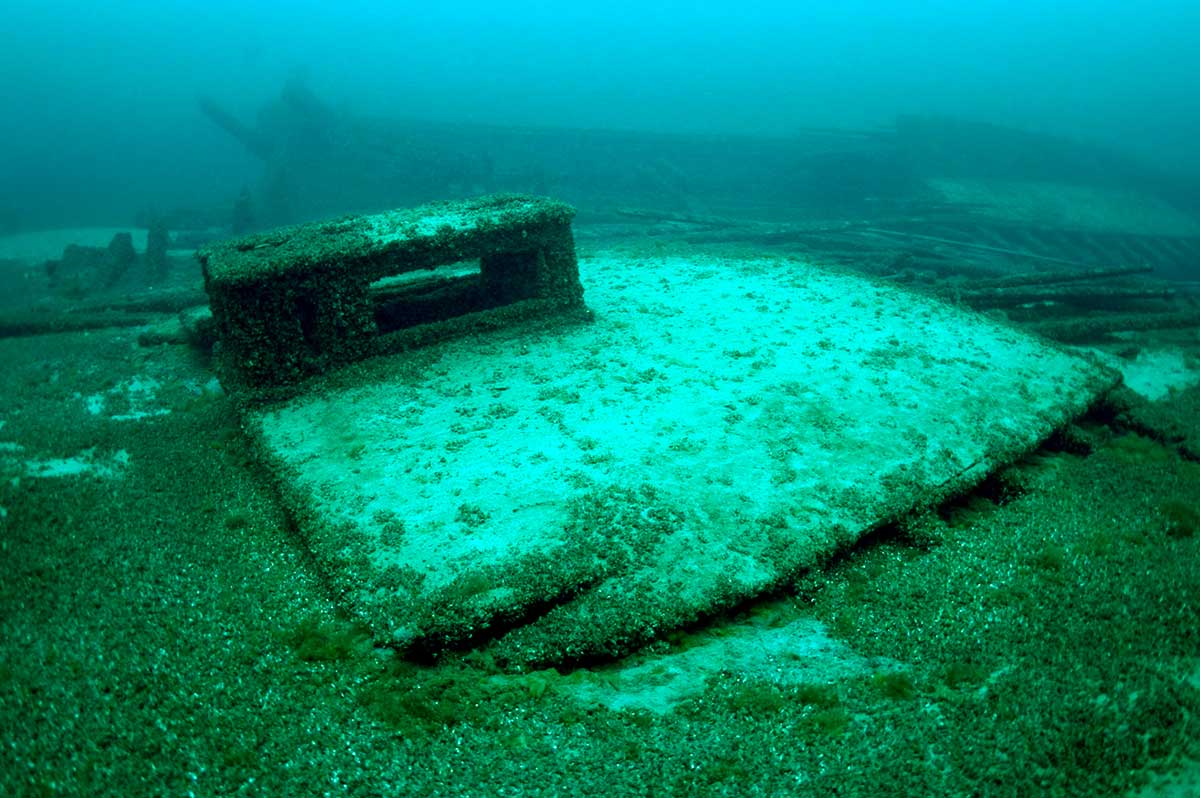
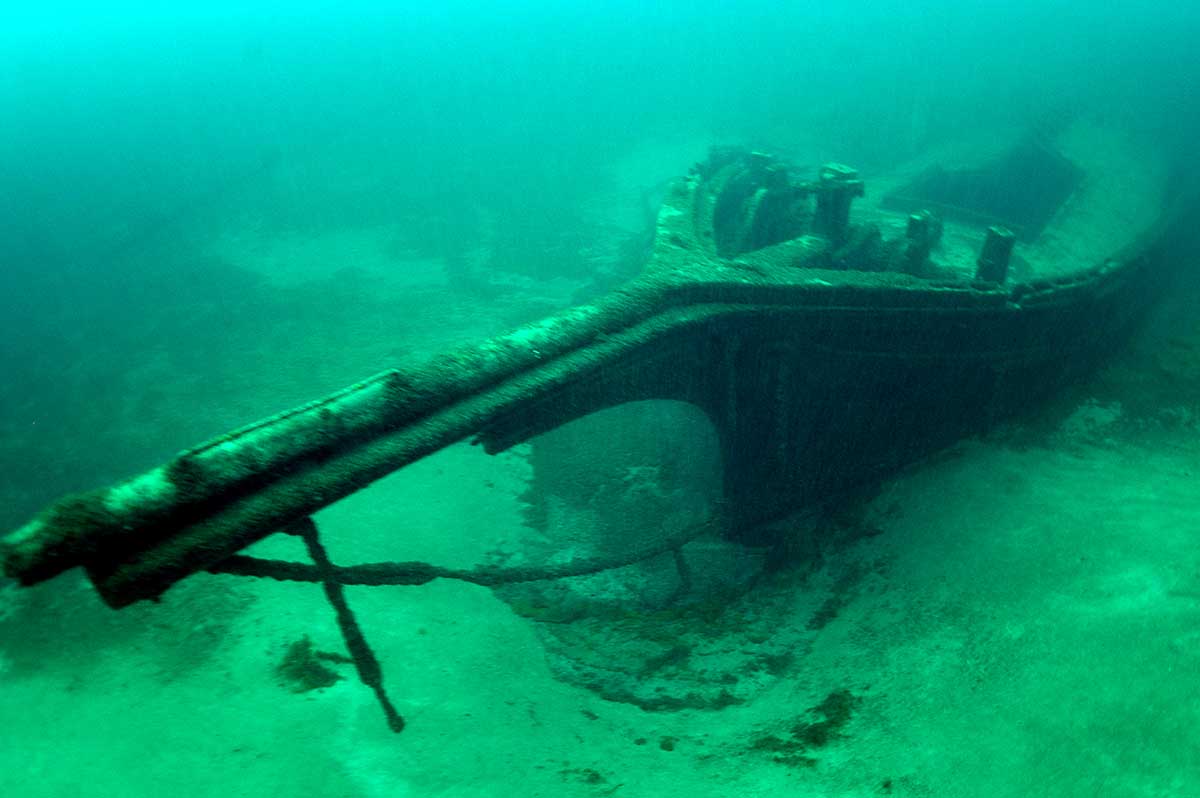
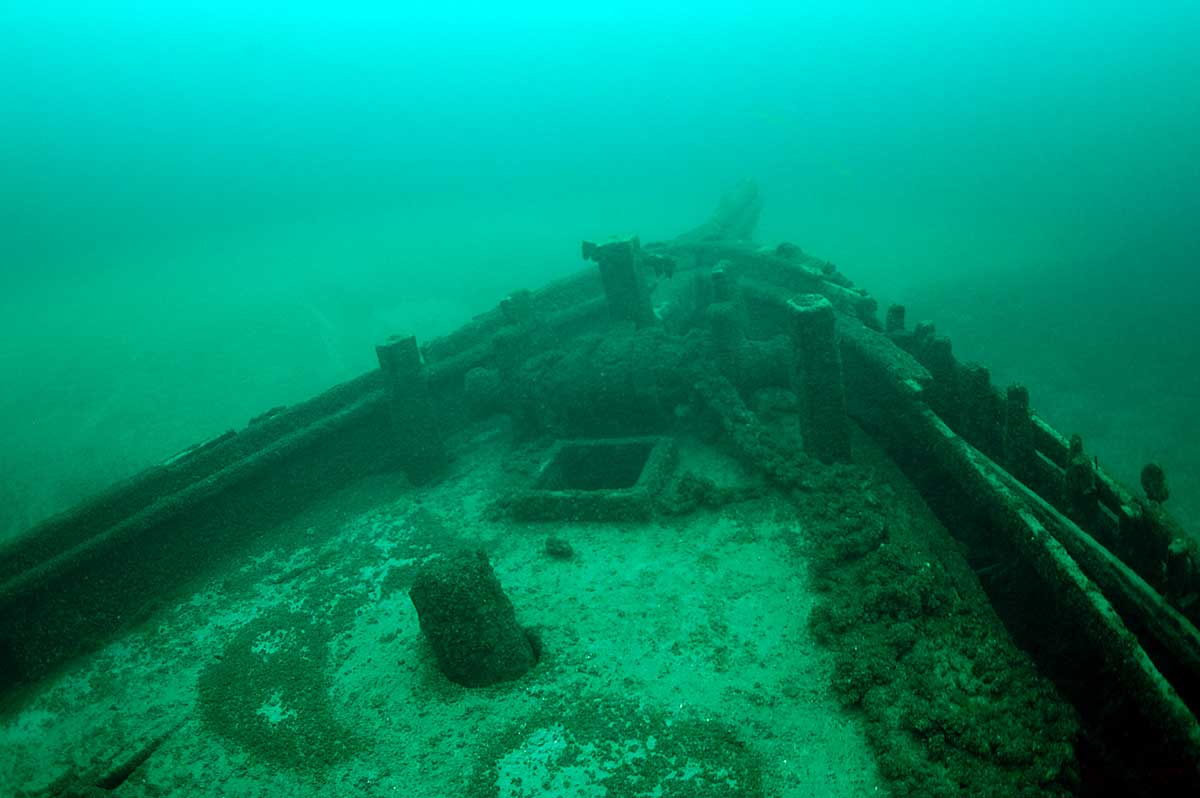
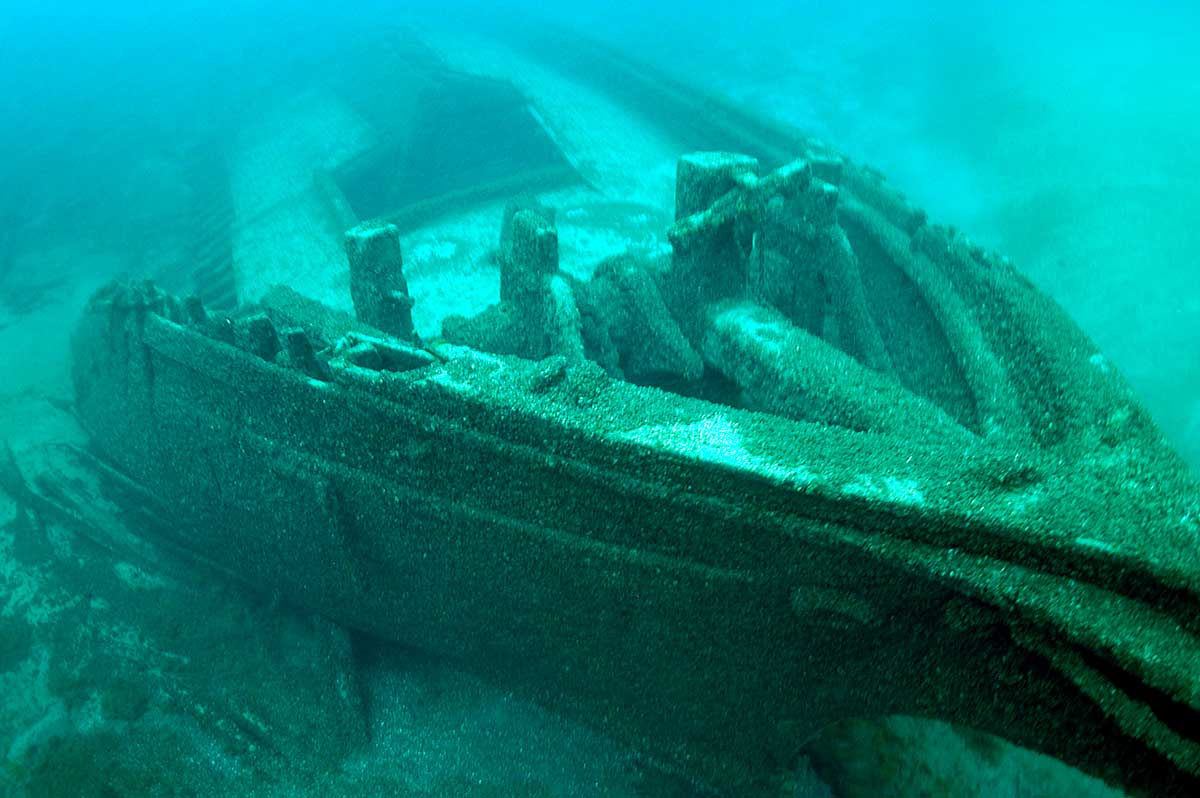
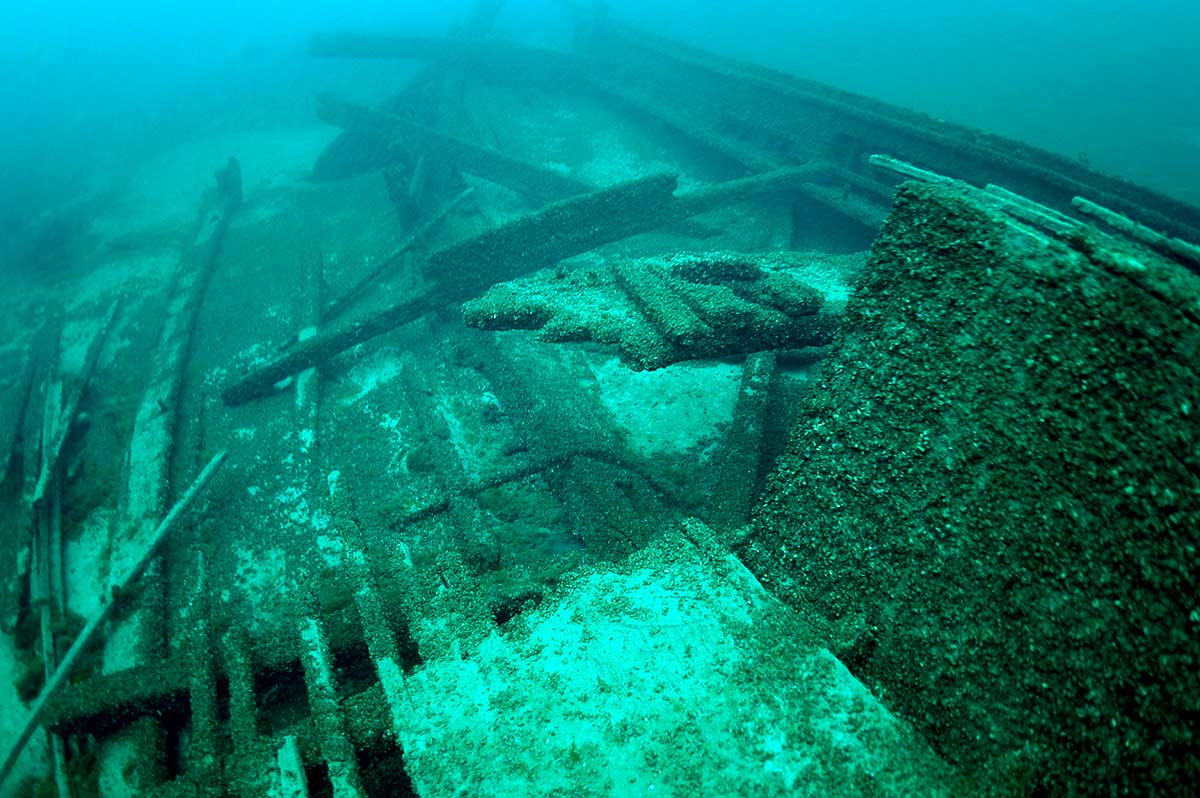
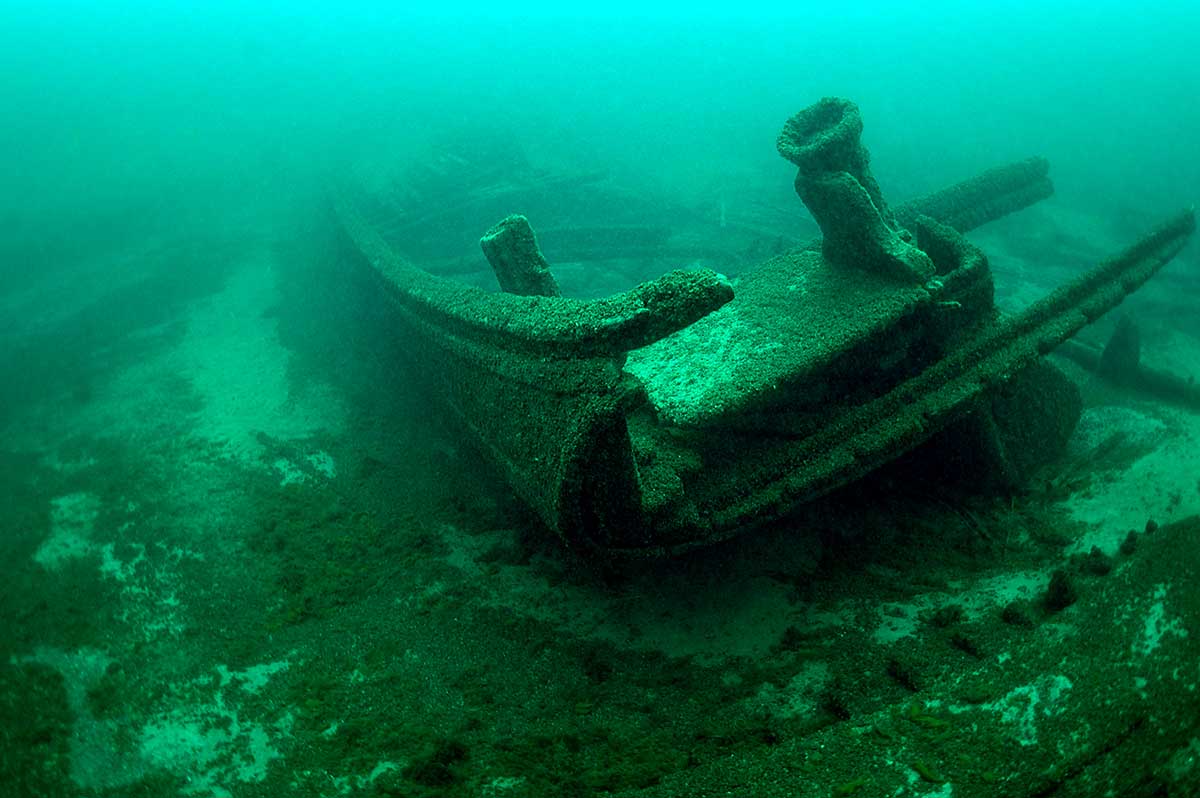
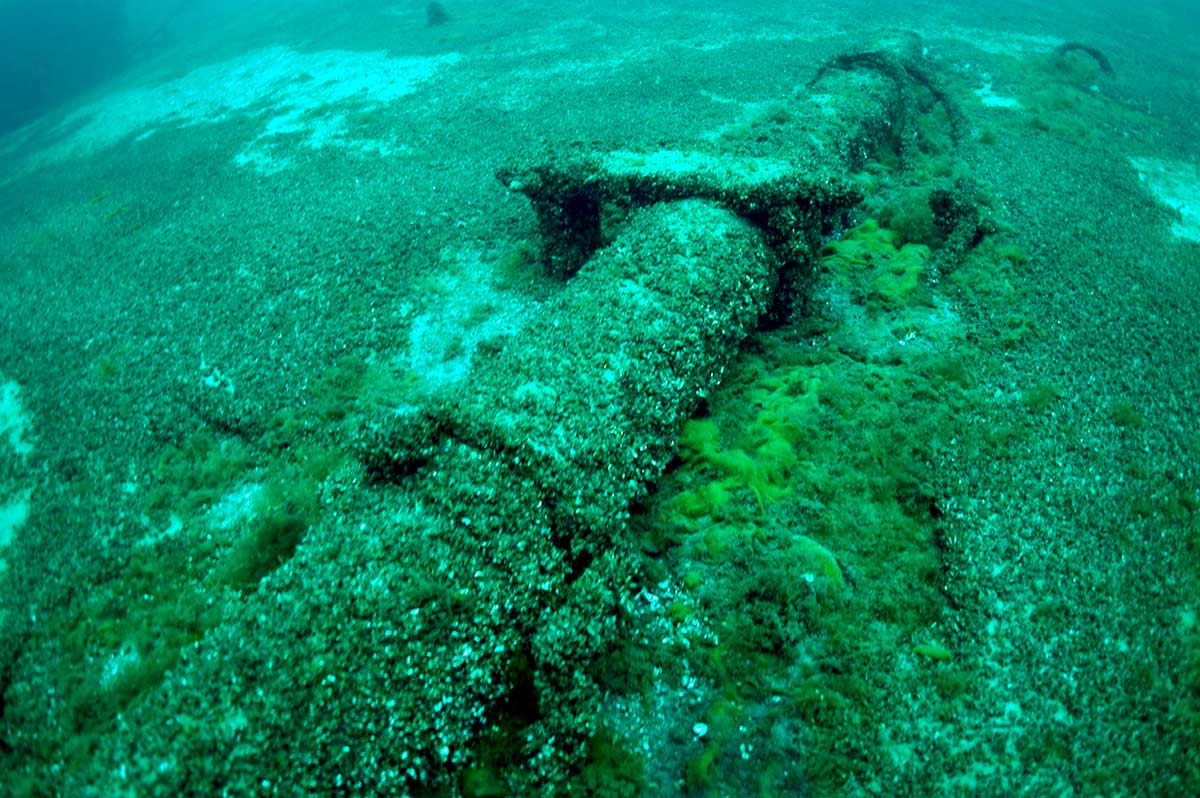
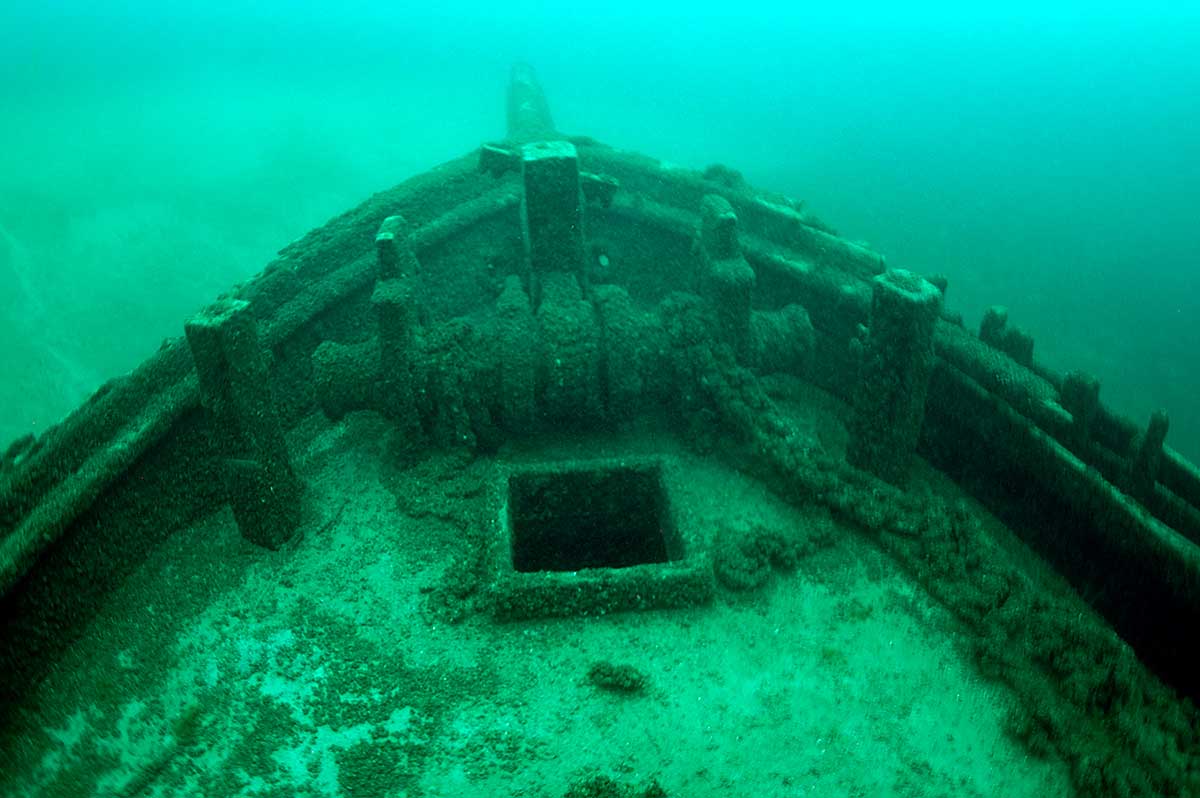
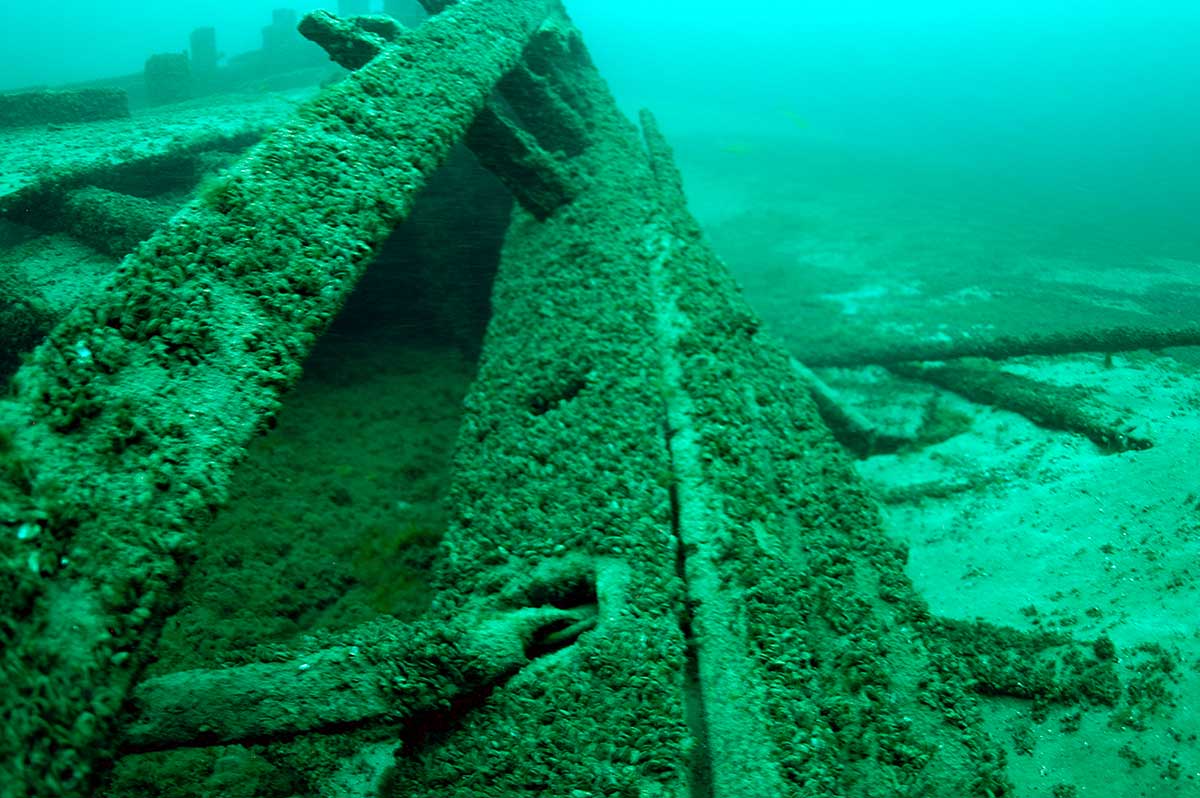
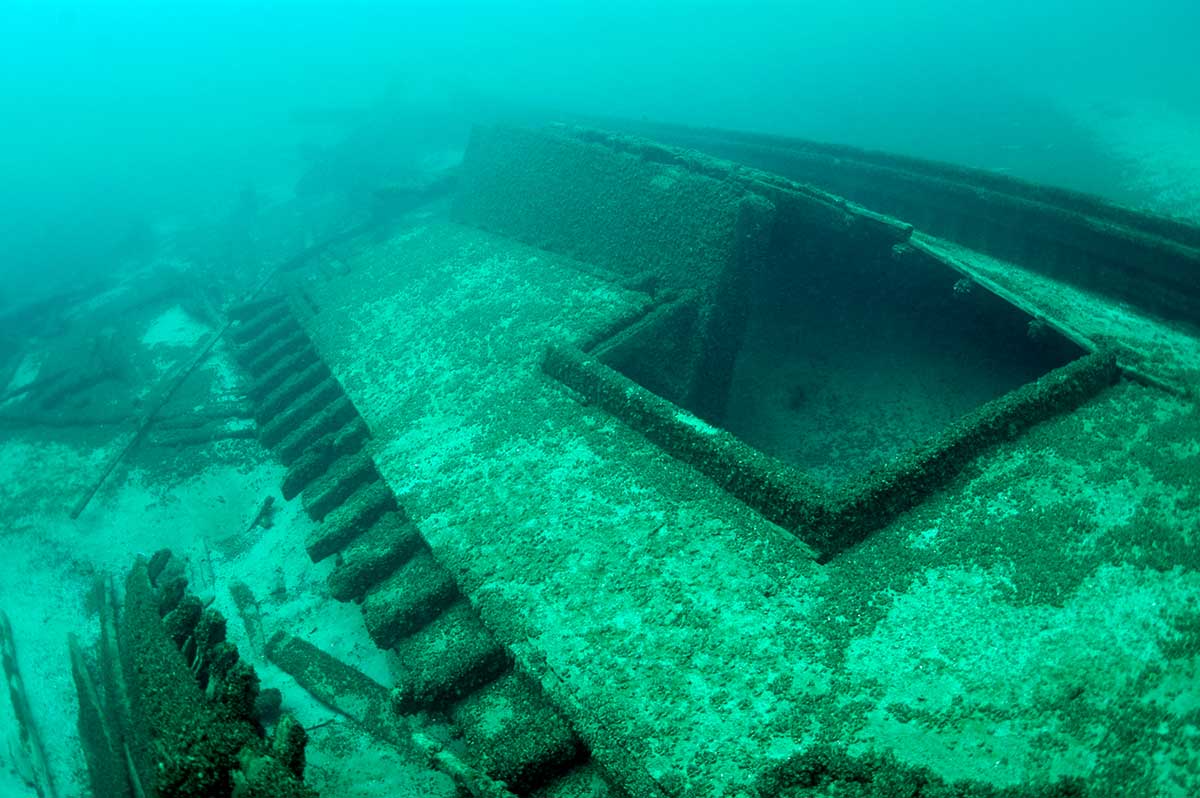
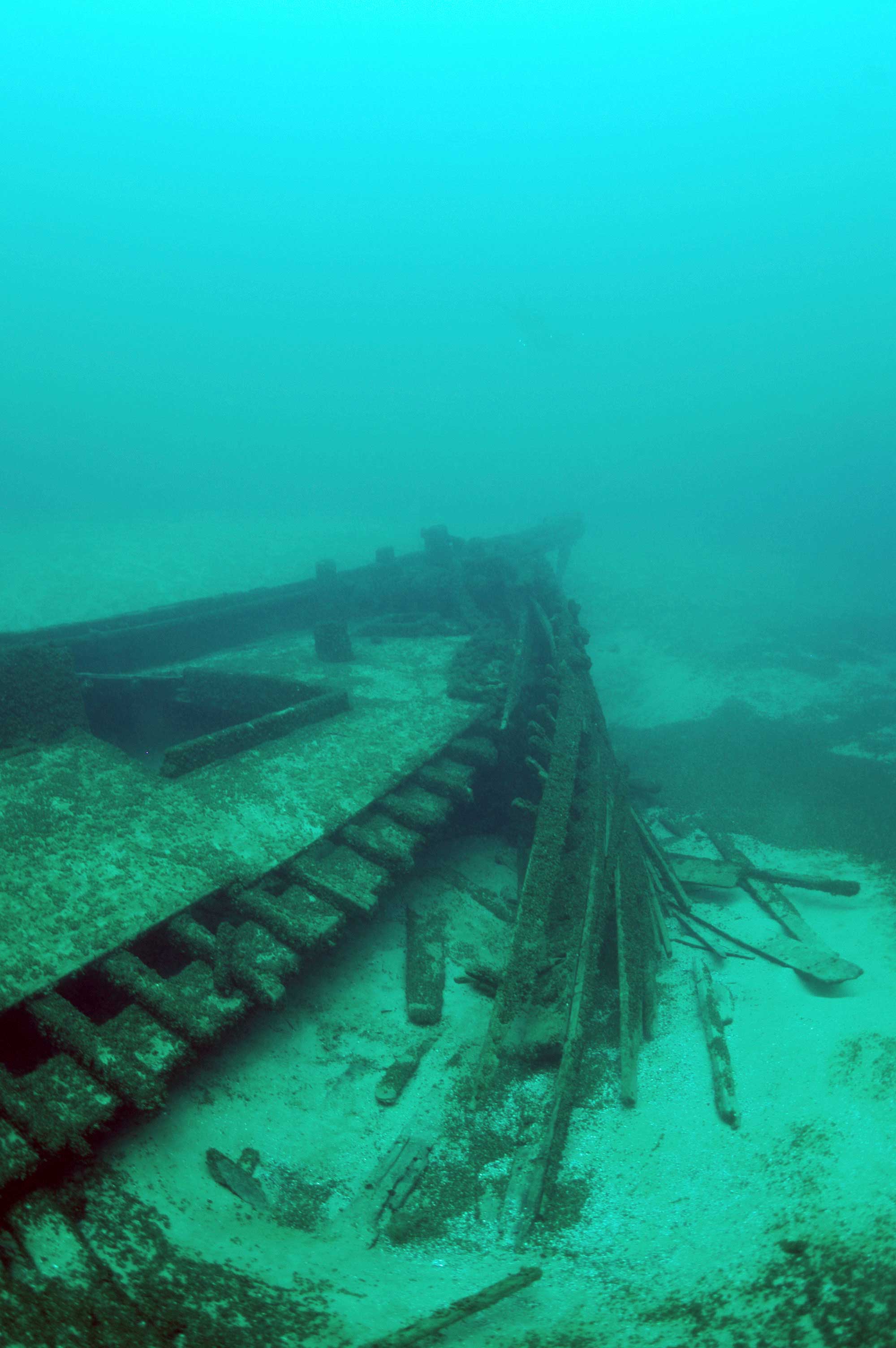
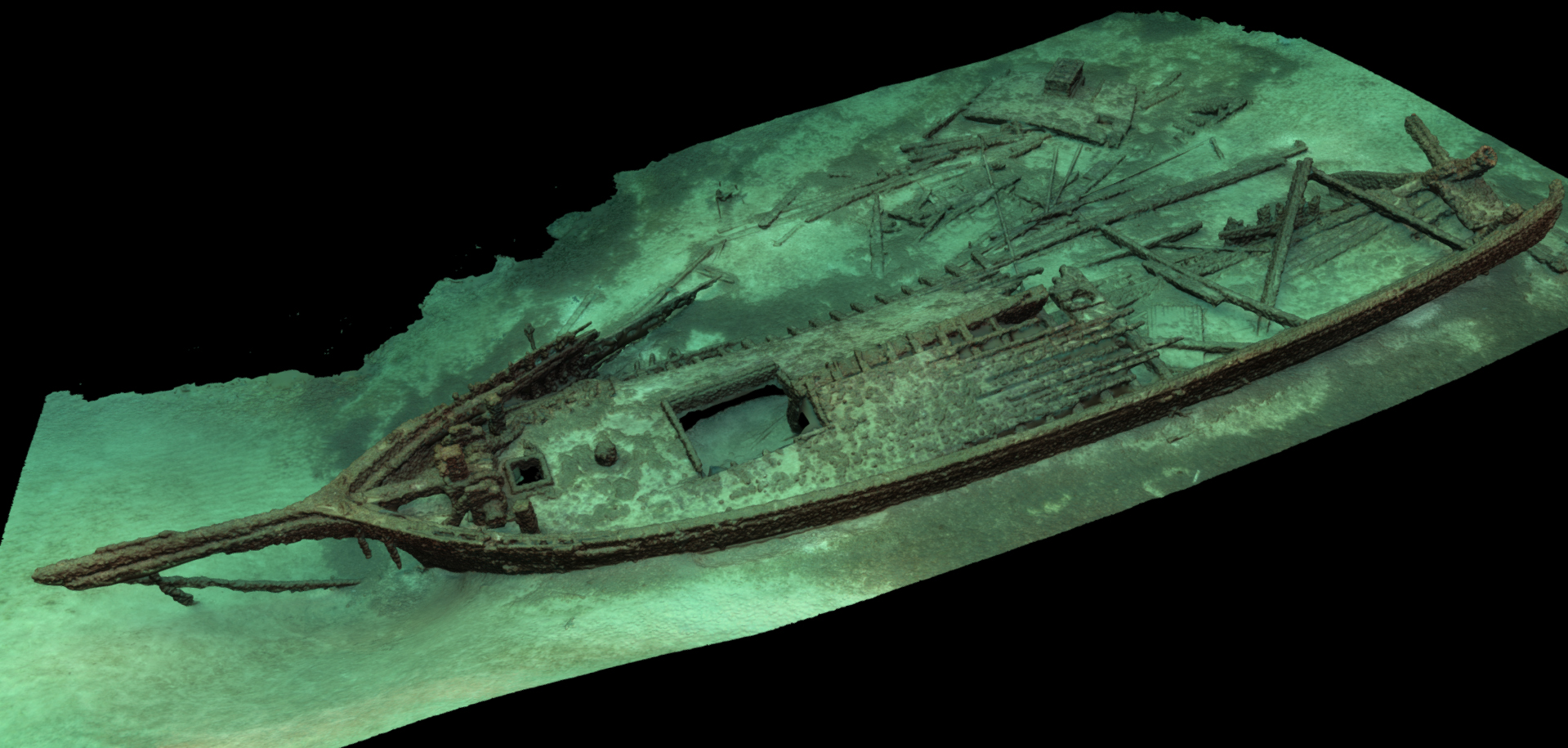
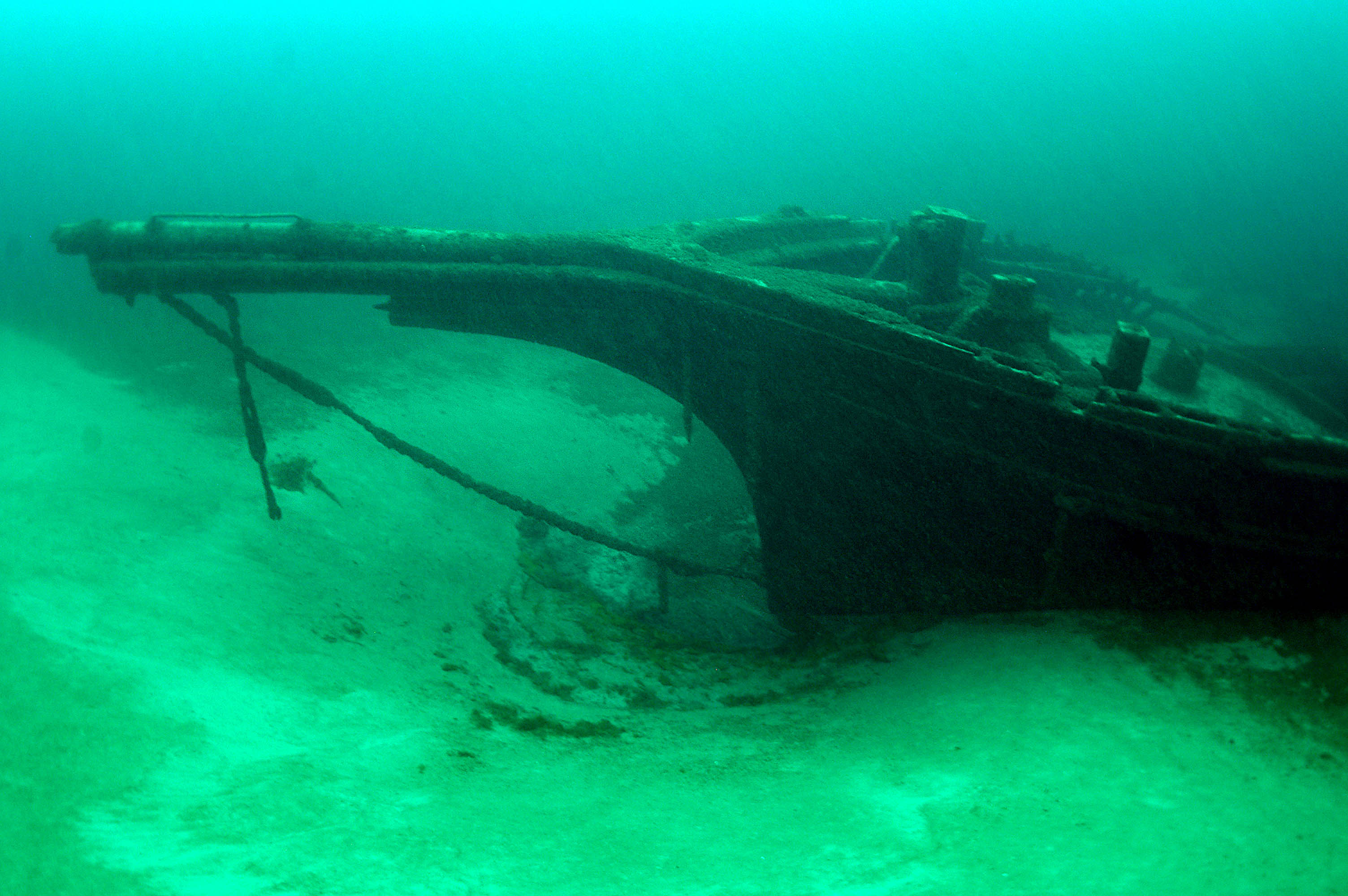
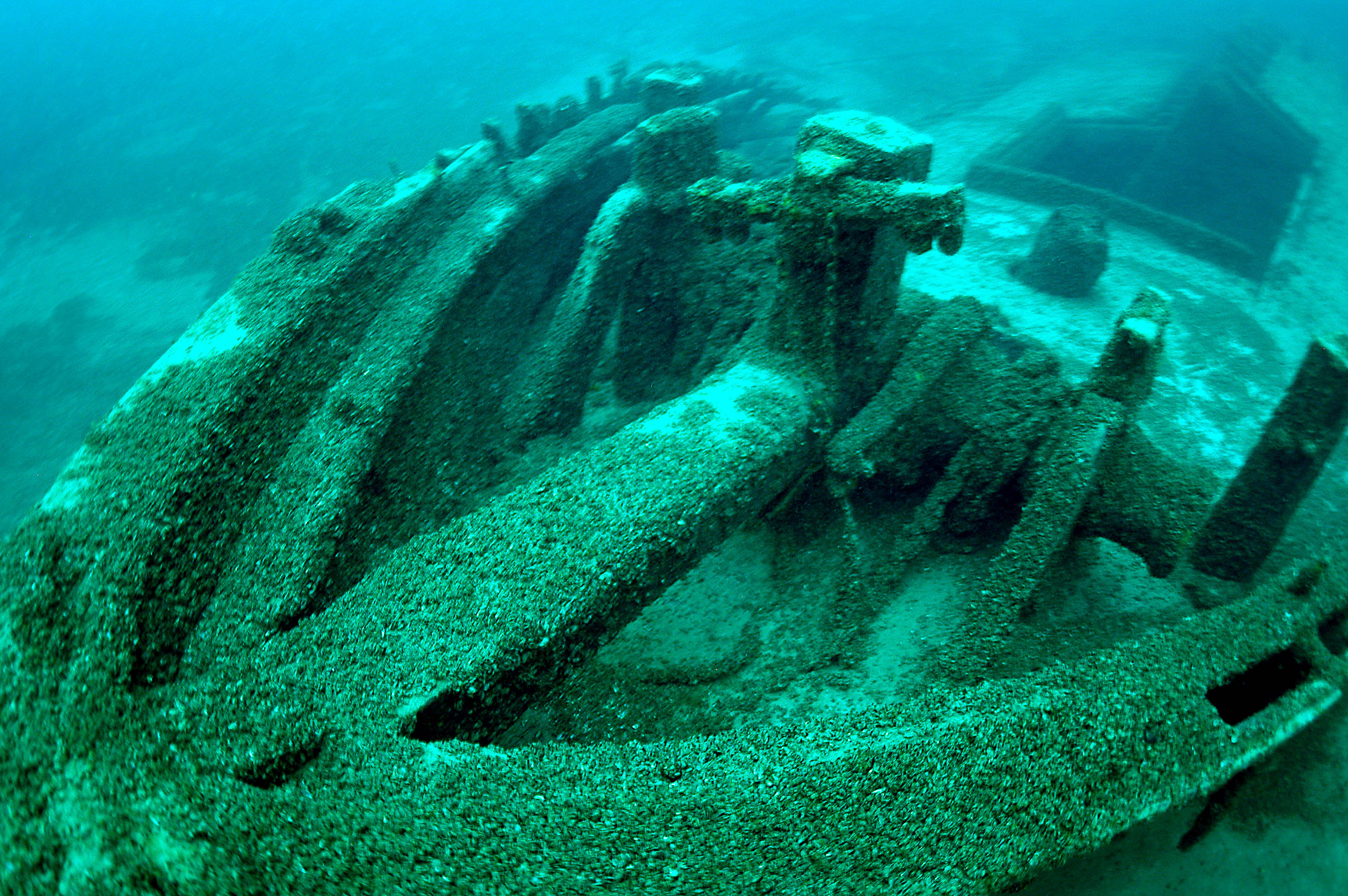
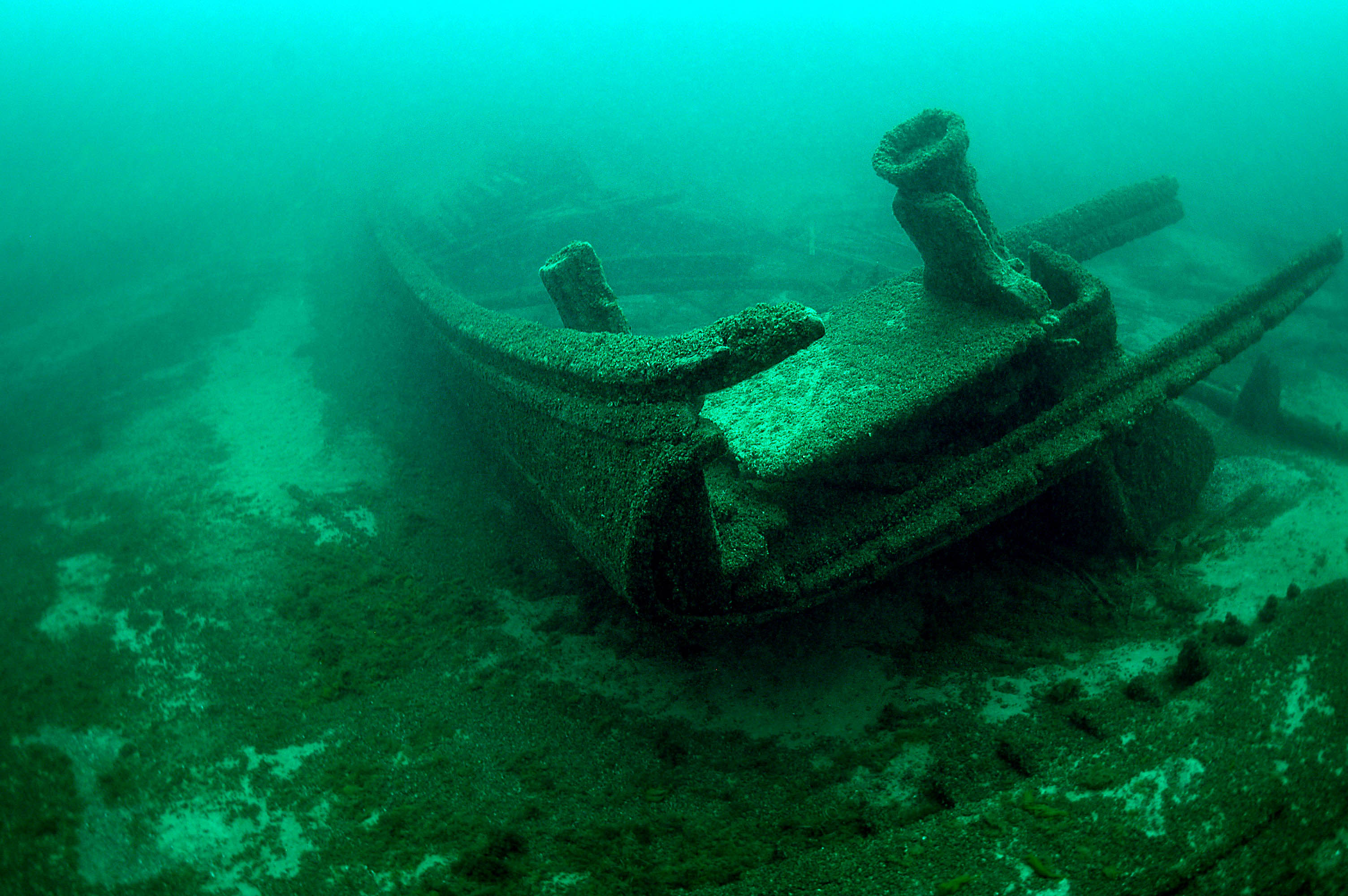

 Confirmed Location
Confirmed Location
 Unconfirmed location
Unconfirmed location